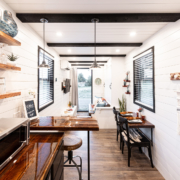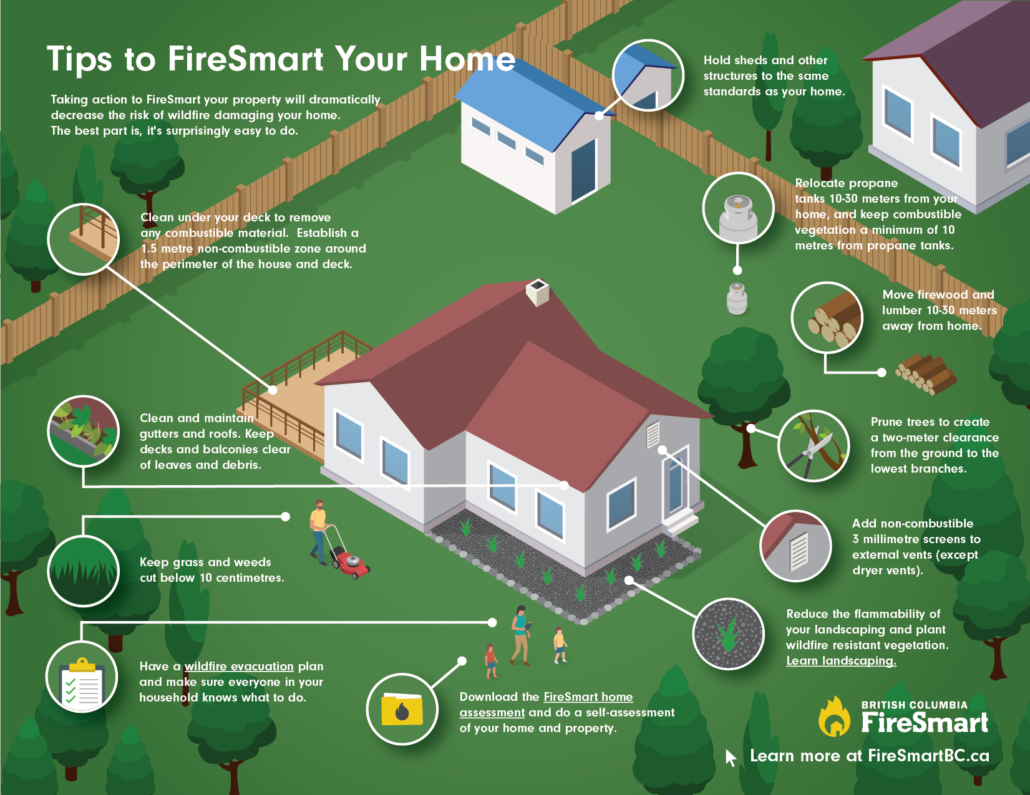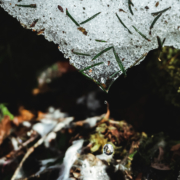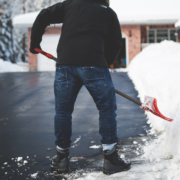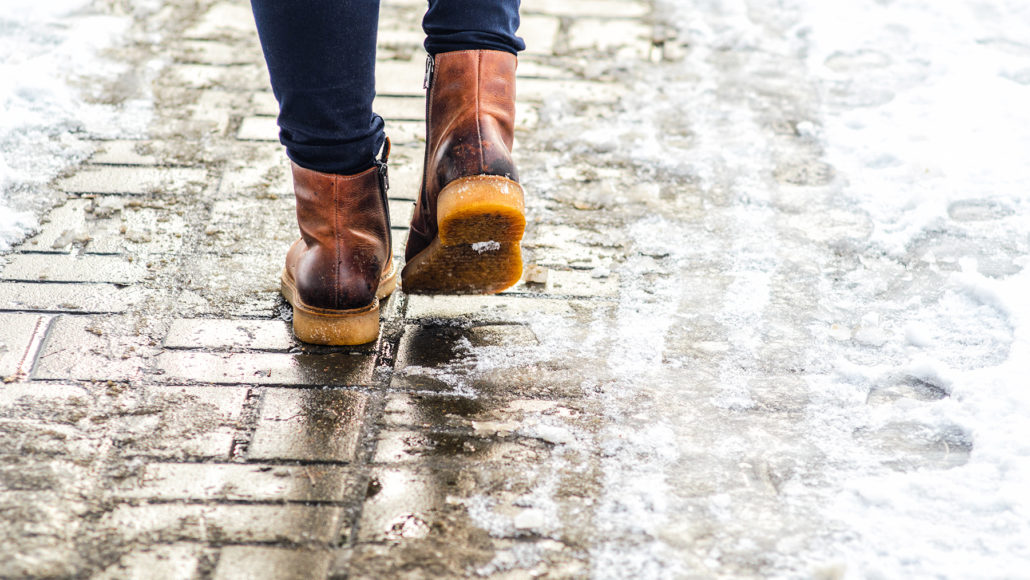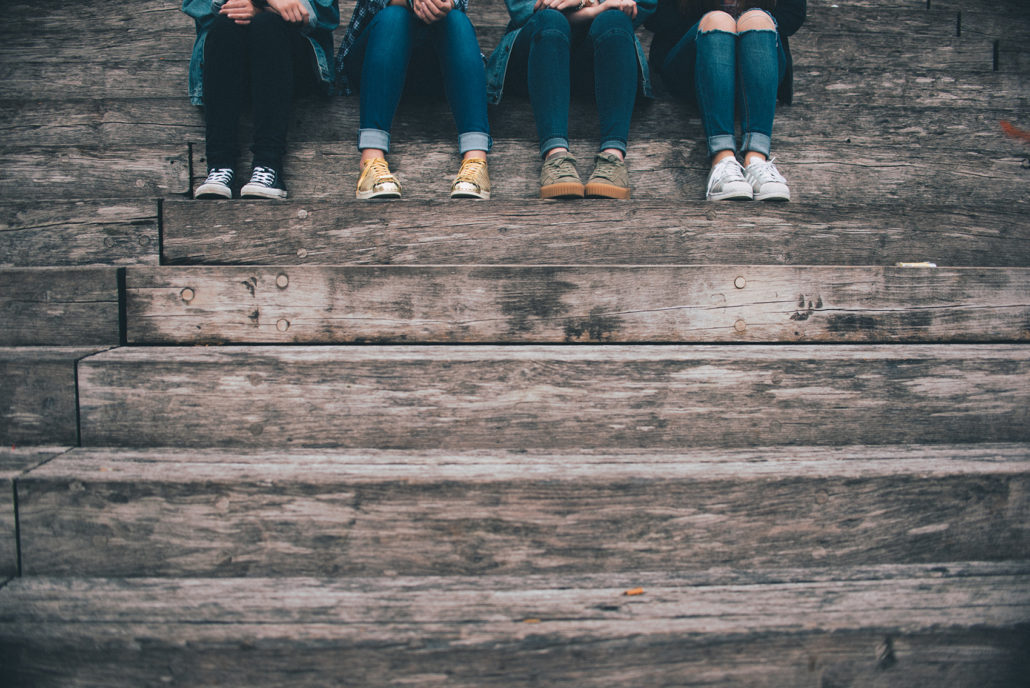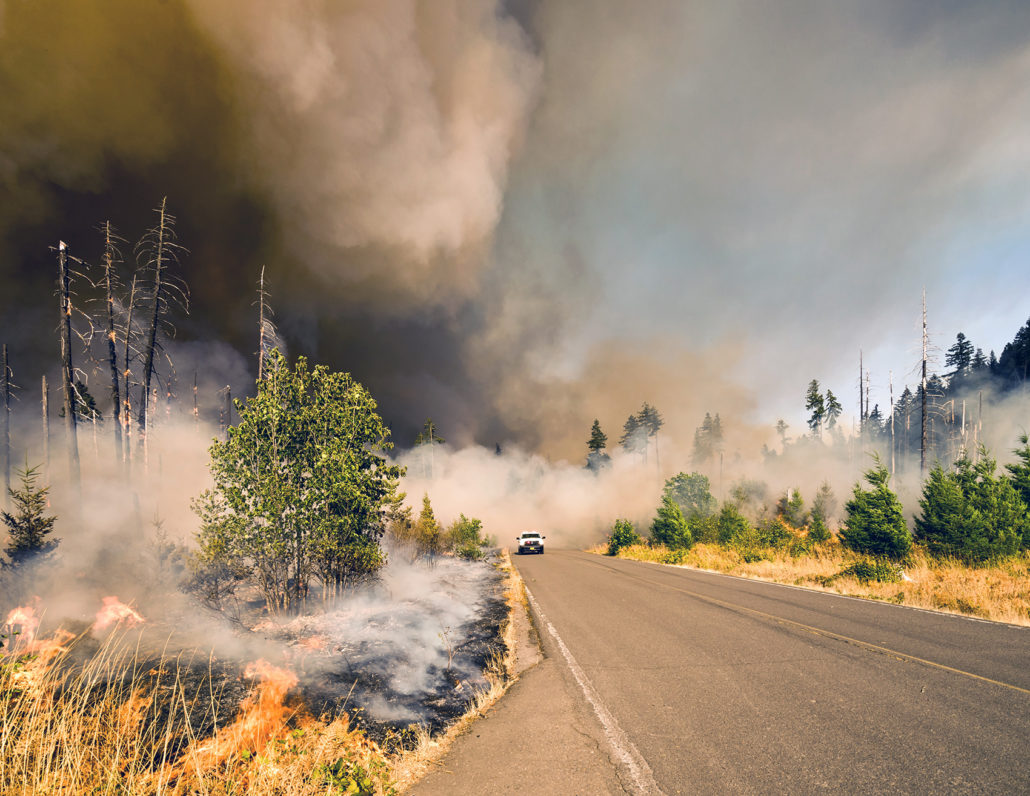COVID-19 and Omicron – Updated Information About Travel Insurance
Travel plans? Amidst new restrictions, there’s new information about COVID-19, the Omicron variant and your travel insurance.
With the skyrocketing numbers of new cases across the country – and the world – the Canadian government reinstated the level 3 “avoid non-essential travel” advisory. Fortunately, the announcement in late 2021 does NOT impact our COVID-19 travel insurance coverage. As of November 30, 2021:
When you purchase our travel insurance online, we provide COVID-19 coverage up to the policy limit under our Emergency Medical Insurance plans for vaccinated Canadians. And while COVID-19 testing is not covered, we can provide travel insurance to travellers no matter the travel advisory levels issued by the Canadian government.
Travel coverage includes Trip Cancellation & Trip Interruption Insurance. If you have to cancel or interrupt your trip due to a medical condition related to COVID-19, you’re covered. Additionally, Cancel for Any Reason Coverage can be added to protect you – a 50% reimbursement – should you have to cancel your trip for any reason (more than 5 days before your departure date).
Travel requires more planning – but shouldn’t stop you!
One of the main questions we get these days is about travel insurance and if it’s affected by COVID-19.
Despite the revolving door – restrictions, opening up, more restrictions – we are eager and ready to travel again! Beyond our provincial and national borders. But, due to the pandemic, there is a lot more to consider when we make our plans – please note the COVID-19 testing details in bold below.
But, we want to reassure you. We want you to know you can travel again AND enjoy the peace of mind knowing you’re protected in the event of a COVID-19 exposure or infection and any related trip interruption or cancellation.
But, it’s important to understand that to enjoy travel that is as stress-free as possible, we urge you to prepare as much as possible. Flying by the seat of our pants adventuring isn’t as easy as it used to be! Do your homework and plan accordingly – know exactly what your destination of choice requires.
As you make your travel plans and take the steps to book your trip, consider the following:
- Can you change your plans after you’ve booked your trip?
- What is the cancellation policy or what happens if you have to change your plans once you’re abroad?
- What are the details of your travel insurance coverage?
Considerations to help you prepare for travel
- Regularly refer to the Government of Canada website in addition to that of your destination to stay on top of any new rules or travel limitations and/or restrictions.
- Will you need to bring proof of vaccination?
- Will you need to provide a negative COVID-19 test before entering your destination? Don’t be surprised if you are required to test again after you arrive at your destination.
- Understand before you travel that you will NEED proof of a negative COVID-19 test within 72 hours of your return back to Canada.
- As best you can get out ahead of the unexpected:
- BEFORE you travel, learn where and how to get tested at your destination to prepare for a seamless return home. IMPORTANT: To return home, Canada requires a PCR test (rather than the faster antigen test required by the USA and others). Costs for a PCR test typically start at about $100USD depending on your location. Resorts typically provide testing facilities onsite for both tests BUT plan accordingly – the PCR test requires anywhere from 12 to 36 hours to get the results.
- Consider and develop a worst-case scenario plan. Should you experience symptoms, particularly if your destination is not English-speaking and you don’t speak the language, know where to go for advice and help.
KNOW BEFORE YOU GO! Arm yourself with everything you need to know so you can make calm, informed decisions when you’re away. Your peace of mind will thank you!
COVID-19 testing and possible quarantine FAQs
What if I test positive for COVID-19 and need to quarantine while I’m away – are my quarantine expenses covered?
Your travel insurance will cover you in the event of a medical emergency. Unfortunately, that DOES NOT include quarantine.
Any expenses you incur – accommodations, meals, etc. – that are associated with quarantine will not be covered by your insurance.
Upon return to Canada, if COVID-19 test results are delayed, are my expenses covered as I wait for negative results?
Waiting for test results, even if delayed, is NOT a medical emergency. Expenses incurred as you wait for test results are NOT covered.
COVID-19 travel insurance FAQS
IMPORTANT: Will vaccination status impact my emergency medical coverage for travel?
This is one of the most common COVID-19 travel insurance questions. If you are NOT vaccinated:
But, if you got out ahead and purchased the COVID-19 Insurance – Unvaccinated plan before December 22, 2021, eligible expenses related to COVID-19 will be covered.
Does my travel insurance cover the cost of required Covid-19 tests before, during, and at the end of my travels?
Testing is a government requirement for travel and is NOT a medical emergency – NOT covered.
What do I use to prove my vaccination status if the country to which I’m travelling requires a vaccine passport?
If you’re vaccinated, you are have already been issued some form of vaccination document, passport, or QR code – if not all of the above – by your provincial government. Before you travel, be sure to get your Government of Canada vaccine QR code that is recognized internationally.
My vaccinations include mixed doses. Will this impact my travel plans?
More and more countries are accepting mixed dose vaccinations. Research your destination to confirm that you can enter with a combination dose. As of November 2021, Canadians with any combination of two doses of a COVID-19 vaccine can enter the United States. As it’s ever-changing check the Government of Canada website for the most updated information.
What about hospitalization or treatment for COVID-19 while I’m abroad, will I have coverage?
There are no specific exclusions for emergencies related to government travel advisories or COVID-19 outlined in the Travel Emergency Assistance Program. But, be sure to understand that your travel insurance coverage is subject to standard limitations and exclusions (preexisting conditions).
If you have questions about upcoming travel plans and any concerns regarding COVID-19 travel insurance, CONTACT US!





